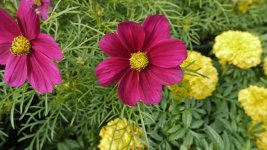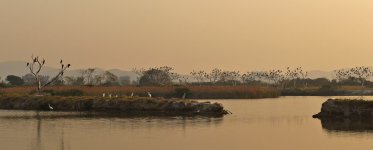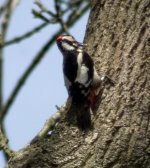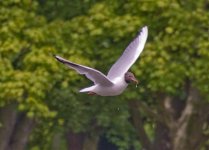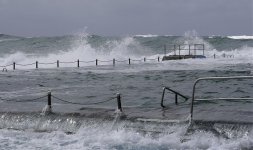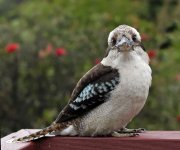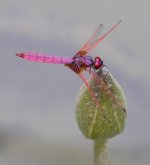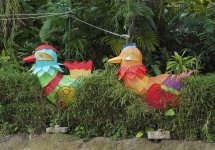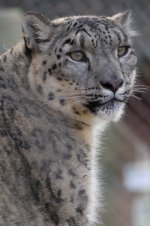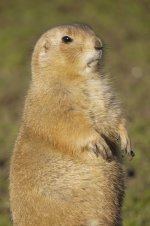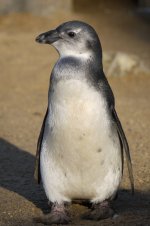This post refers to taking photos with the Panasonic 45-200mm "kit lens". On the G1, this is equivalent to a 90-400mm f/5.6 lens on a film camera. I took this setup on a short vacation in Hawaii in January because it is so very light weight. Here is a link to a small gallery of the photos I got:
Gallery of G1 photos
All of the animals were wild, and none were at feeders. The G1 is not as good for photos as a Canon 40D w/ a 100-400 L lens, but it is several thousand dollars cheaper and almost 5 pounds lighter. Depending on one's standards, I think the results can be quite acceptable.
And, the G1 has the unique(?) capability of doubling both as a regular wildlife camera for close or moving animals with the 45-200mm lens, and also as a digiscoping camera with a quick change to the 14-45mm kit lens. The 45-200mm lens is so small and light, it easily fits into a jacket or vest pocket.
The intense debate on the Panasonic forums at dpreview.com is whether or not the G1 is as effective a camera for wildlife, as the now discontinued Panasonic DMC-FZ50, an ultra-zoom point & shoot. Folks are split on that one. Views may change if a quality, affordable 300mm with IS and AF becomes available for the G1.





